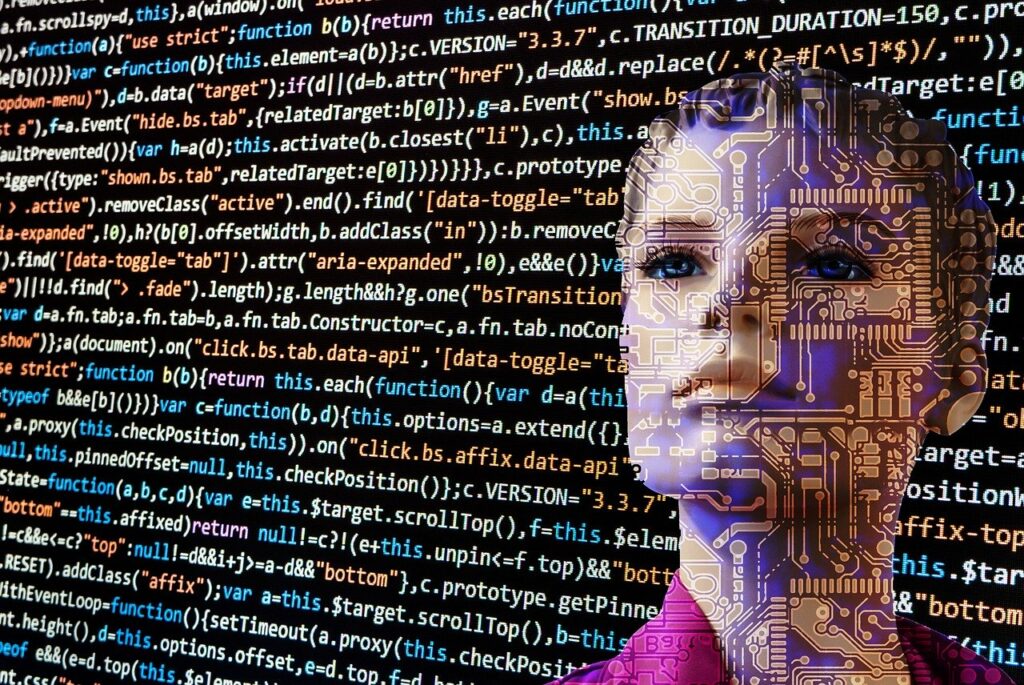
The development of artificial intelligence (AI) and robotic process automation (RPA) increased rapidly in 2019. This speed will increase further this year.
Envisaged with the potential of streamlining technologies’ workflows and improving customer service, organizations will deploy an increasing number of AI and RPAs. At the same time, the capabilities of these technologies will continue to grow rapidly, and they will increasingly work in areas requiring human intervention.
During 2020, five key trends will shape the AI and RPA area:
Rise of the RPA robot
Existing projects involving the deployment of RPA robots tend to focus on copying existing tasks traditionally completed by humans.
The robots learned a repetitive task and completed it more quickly. While their AI capabilities allowed them to read and understand certain documents, the robots were only able to do this in a very strict, rules-based way.
RPA robots will increase capabilities in 2020
RPA will be more adept at making decisions based on the documents they scan and data from other sources. Using rapidly developing machine learning and artificial intelligence algorithms, robots will be able to work independently and add value to the organization in which they are deployed. It can also be used in more complex processes, including less repetitive and more open to interpretation.
For example, the RPA robot can evaluate each e-mail and determine how to respond or where it should be forwarded within the organization.
Analytics projects will continue to fail
Many applications and IT tools offer far more features and functionality than are used in an organization. This wasted capacity is called the “consumption gap..
Experience has shown that 75 to 90 percent of analysis projects have failed, often because the power of deployed technologies is far greater than the ability of users to benefit from them.
To overcome this, businesses need to invest in labor data literacy. Throughout 2020, they will have to think much more when designing and deploying new systems and make sure that the people who use them meet their needs and capabilities.
Routine studies will continue to disappear
The number of RPA robots and artificial intelligence chatbots will continue to grow within organizations throughout 2020. As a result, more than 50 percent of those currently considered routine and repeated work will disappear.
The continuous development of the artificial intelligence that powers these bots will increase their capabilities and make it easier for users to provide a satisfying experience.
Increasing importance of data governance
More organizations will be aware of the importance of their data and the impact that can be felt if it is lost or mismanaged. Therefore, the responsibility of data management will be taken from the analytical team and handed over to senior managers.
Since more data is used by artificial intelligence tools and RPA robots, the management of master and metadata will become even greater concerns. Failure to protect this data at all times will have significant implications for an organization as a whole.
Data will become an additional revenue stream
By 2020, more organizations will understand the value of their data. Exactly how data can be presented effectively and the mechanisms to make money from this process will be an area that needs further consideration.
An example is a retailer who has detailed knowledge of customer buying habits. In turn, this data can be used to plan and to advance future product ranges.
Amidst these trends, the adoption of AI and RPA robots will increase rapidly throughout 2020. As organizations understand the benefits that can be achieved, sound business situations for investment will be created.
